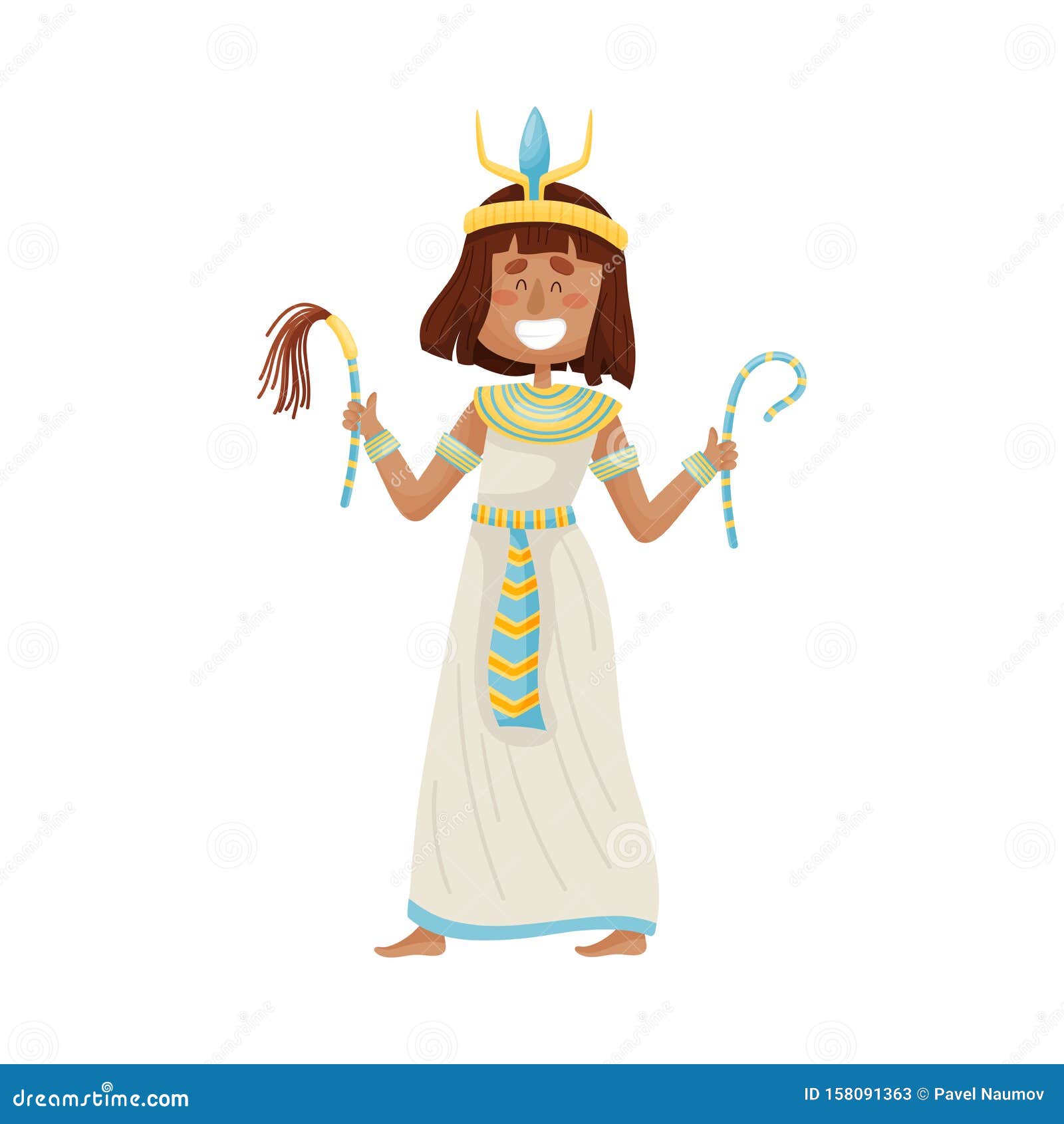

There were also scenes of Hatshepsut transporting by barge two gigantic obelisks from the Aswan quarries which were erected at the temple of Karnak, which were representative of her relationship with the son god.Īlthough Hatshepsut was not a great military ruler, as was her father Thutmose I, she was credited with various long-distance trading expeditions. In the scenes and statues of the temple Hatshepsut is shown as a male, possibly to state her strength as equal to previous male rulers (Bard, 2007). Furthering her connection and legitimacy through her father, Hatshepsut had the body of Thutmose I excavated and reburied next to her own in the innermost chamber of her tomb. Carved reliefs depict Hatshepsut’s royal lineage through her father Thutmose I, who was pharaoh prior to Thutmose II, and supposedly claimed her as the “next pharaoh”. The architectural depictions at Dier el-Bahri are testimony to Hatshepsut’s divine birth and conception by Queen Ahmose and the god Amen, and act as propaganda legitimizing her right to the throne. This tomb in the Valley of the Kings (designated KV 20) replaced a previously prepared tomb for her at Wadi Sakkat Taqa el-Zeid, south of Dier el-Bahri. These temples were cheaper than monumental pyramids and were less conspicuous to thieves (Video Lecture, Week 6).Īt Deir el-Bahri on the west bank of the Nile at Thebes, Hatshepsut’s advisor and architect, the high steward of Amun, Senenmut, built a garden-filled mortuary temple into the mountainous cliffs which was dedicated to the goddess Hathor as well as the gods Osiris and Anubis. During the New Kingdom there was a shift from building massive pyramids to rock cut tombs in the sides of cliffs.


During her reign Hatshepsut built many monuments in both Egypt and Nubia and is even credited with the first well preserved royal mortuary temple of the New Kingdom. Hatshepsut, a name meaning “the foremost of noble ladies”, held the title “God’s Wife of Amen” and became co-regent for her nephew and stepson Thutmose III until he came of age (Manuelian and Loeben, 1993).Īfter two years, Hatshepsut deemed herself pharaoh, and crowned herself sole ruler of Egypt. Hatshepsut and Thutmose II reigned as king and queen for fourteen years and at Thutmose II’s death left he left only an eleven year old son as a possible heir to the throne. According to Kathryn Bard’s An Introduction to the Archaeology of Ancient Egypt, royal women became increasingly more important during the 18th dynasty of the New Kingdom.


 0 kommentar(er)
0 kommentar(er)
